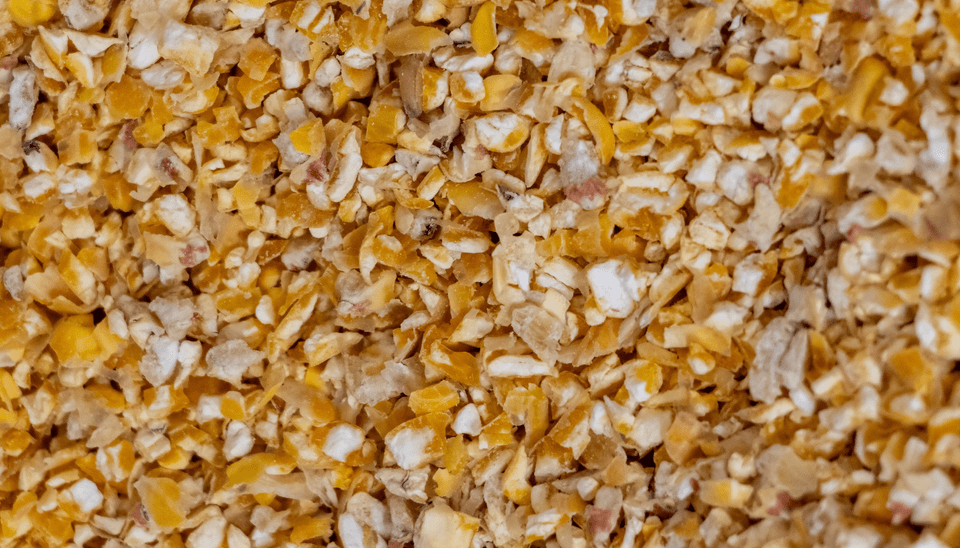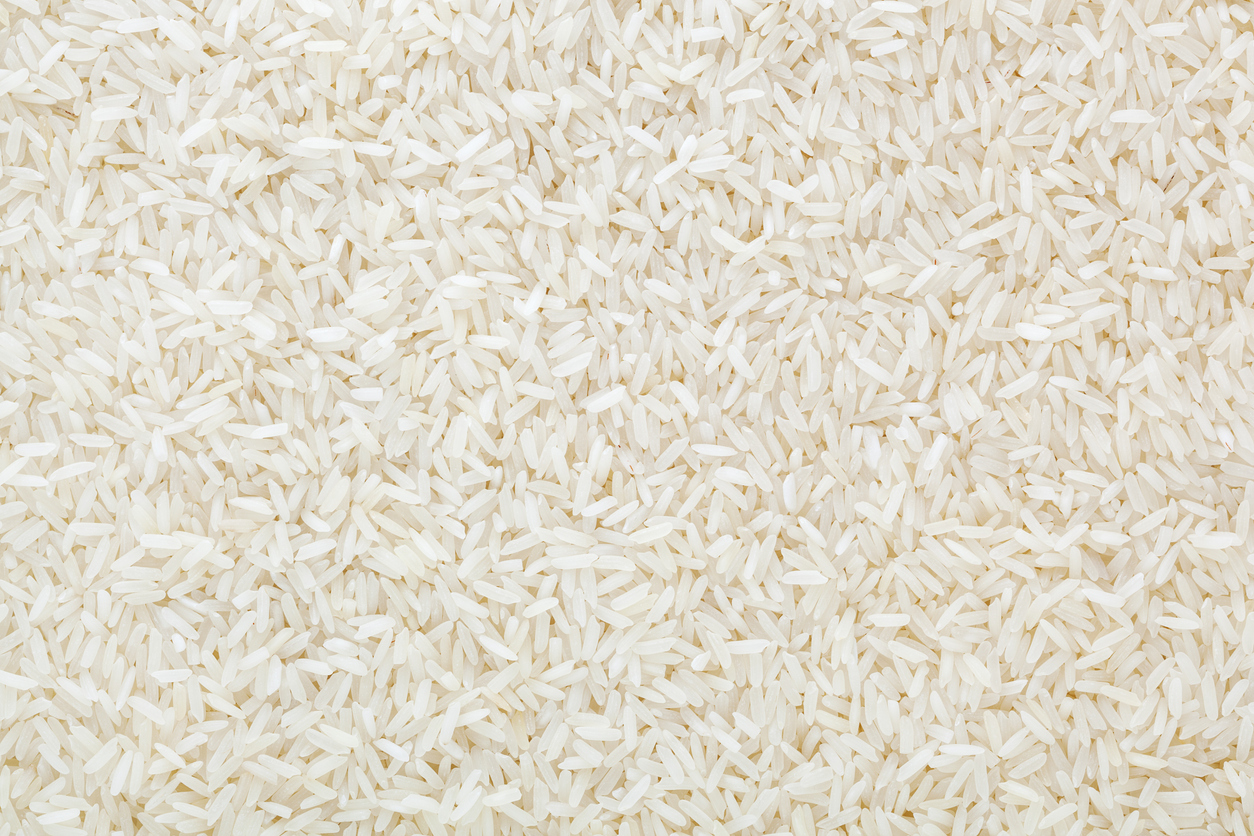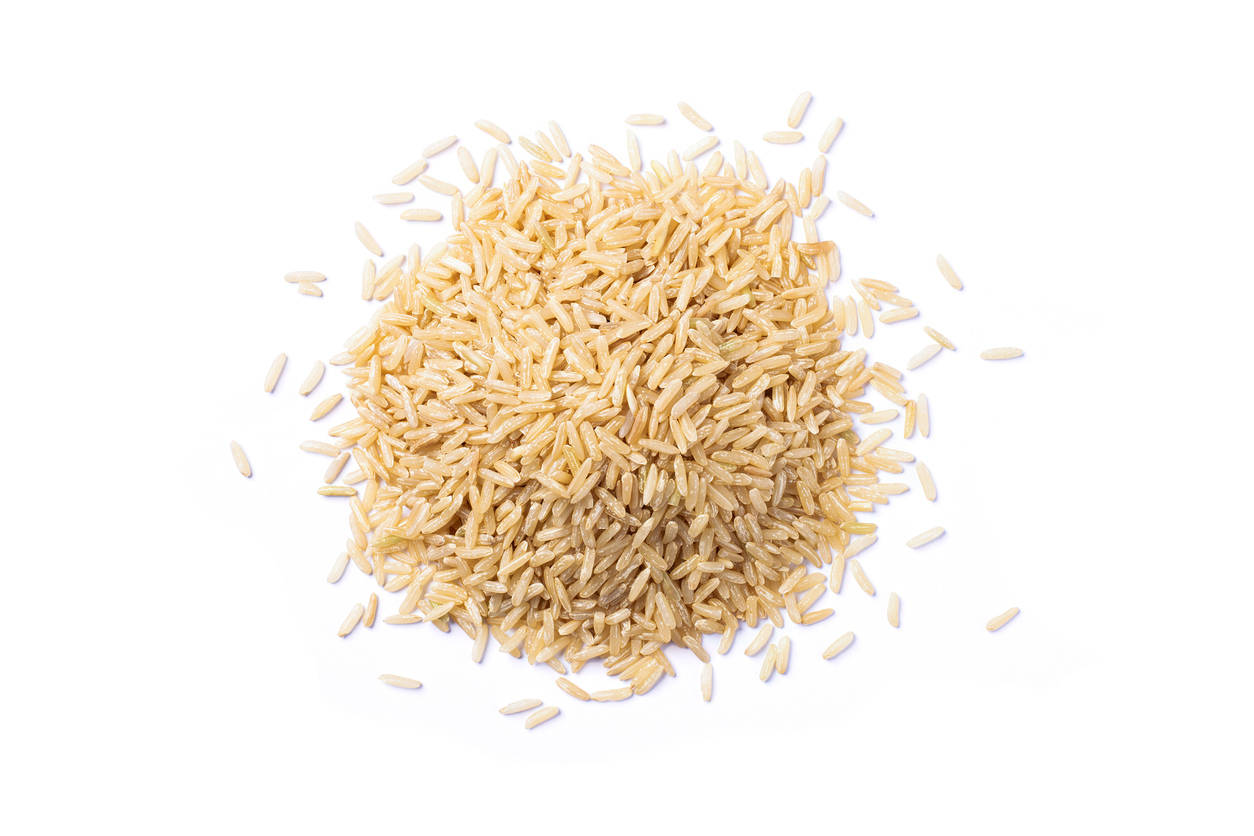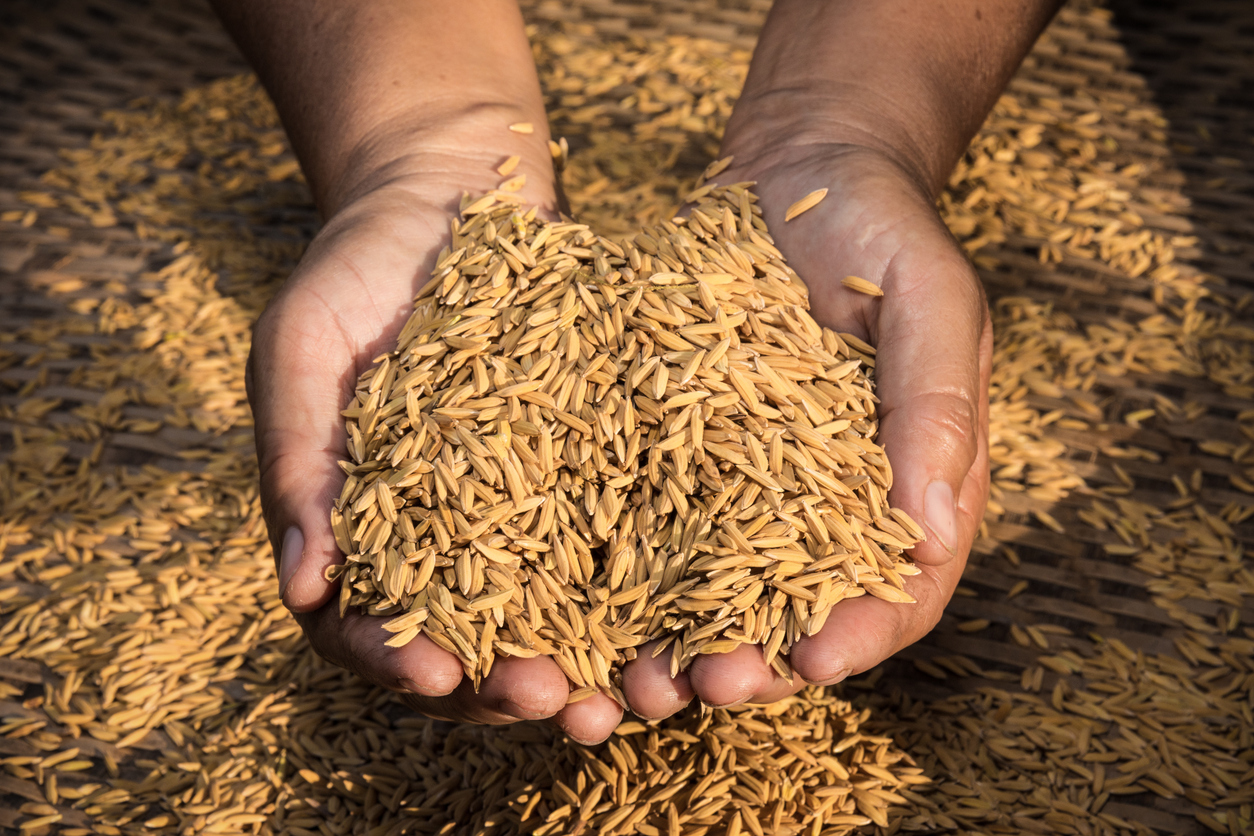Corn Grit for Chicken Feed Formulation – A Reliable Energy Source from Wigmore Trading
In poultry farming, feed accounts for up to 70% of total production costs—making feed formulation a key determinant of success. Among the various energy sources used in chicken feed, corn grit is one of the most reliable, cost-effective, and digestible options. Whether for broilers, layers, or growers, corn grit offers significant nutritional value and consistency in commercial feed blends.
This article explores the benefits of using corn grit in chicken feed formulation, common usage practices, and how Wigmore Trading ensures reliable bulk supply for poultry farms and feed mills in Nigeria and beyond.
What Is Corn Grit?
Corn grit is a coarse-ground maize product obtained through dry milling. Unlike whole maize or maize flour, corn grit is uniform in particle size, typically ranging from fine to medium granules, and free from husk, dust, or contaminants.
It is classified into:
-
Fine grits – suitable for chicks and mash feeds
-
Medium grits – commonly used in grower and finisher diets
-
Coarse grits – preferred for older layers or pellets
Why Use Corn Grit in Chicken Feed?
1. High Energy Content
Corn grit provides readily available carbohydrates and calories, fueling fast growth and high egg productivity.
2. Improved Digestibility
Compared to whole maize, the size and texture of corn grit promote better digestion and nutrient absorption.
3. Feed Uniformity
Uniform grit size improves mixing, reduces feed segregation, and ensures birds receive balanced rations.
4. Reduced Contamination Risk
Processed corn grit is less prone to mold and aflatoxins than improperly stored whole maize.
5. Cost-Effective
Corn grit can be more economical than imported grains or other processed alternatives, especially when purchased in bulk from trusted suppliers.
How to Use Corn Grit in Chicken Feed Formulation
Corn grit typically forms 40–60% of poultry feed formulations, depending on the type of bird and growth phase:
| Bird Type | Corn Grit % in Feed | Purpose |
|---|---|---|
| Starter Chicks | 45–50% | Easy digestion, high energy |
| Broiler Growers | 50–60% | Muscle and weight gain |
| Layer Hens | 40–50% | Egg production, maintenance energy |
It’s usually blended with protein sources (soybean meal, fish meal), vitamins, and minerals to create a balanced ration.
Sourcing Challenges in Nigeria
Despite Nigeria’s strong maize output, poultry producers often face:
-
Inconsistent quality – grit size varies across suppliers
-
Poor storage practices – increase risk of spoilage or contamination
-
Limited availability in bulk – especially for large farms or mills
-
Supply chain delays – unreliable delivery timelines or lack of packaging
Wigmore Trading – Trusted Supplier of Corn Grit for Poultry Feed
Wigmore Trading solves these challenges by providing clean, moisture-controlled, and bulk-packed corn grit to poultry farms and feed manufacturers across Nigeria.
✅ Custom Grit Sizes
We supply fine, medium, or coarse corn grit tailored to different feed formulas.
✅ Food- and Feed-Grade Options
Whether for direct poultry use or resale, our grits meet national quality and hygiene standards.
✅ Bulk Supply & Packaging
Available in 25kg, 50kg, or jumbo bags. Orders from 5MT to 200MT+ supported.
✅ Nationwide Delivery
From Kaduna and Ibadan to Lagos and Port Harcourt, we deliver reliably across Nigeria.
✅ Trade Documentation
For large-scale buyers or export needs, we provide certificates of origin, spec sheets, and phytosanitary documents.
Wigmore Trading can help you formulate better poultry feed with clean, energy-rich corn grit—delivered at scale and on time.
Conclusion
Incorporating corn grit in chicken feed formulation offers poultry producers a practical, efficient, and digestible energy source. From starter feeds to layer rations, its consistency and nutritional value make it a smart choice for improving flock performance and reducing feed costs.
Contact Wigmore Trading today to request samples, pricing, or volume contracts for corn grit supply—customized for your feed operations.







Comments are closed.